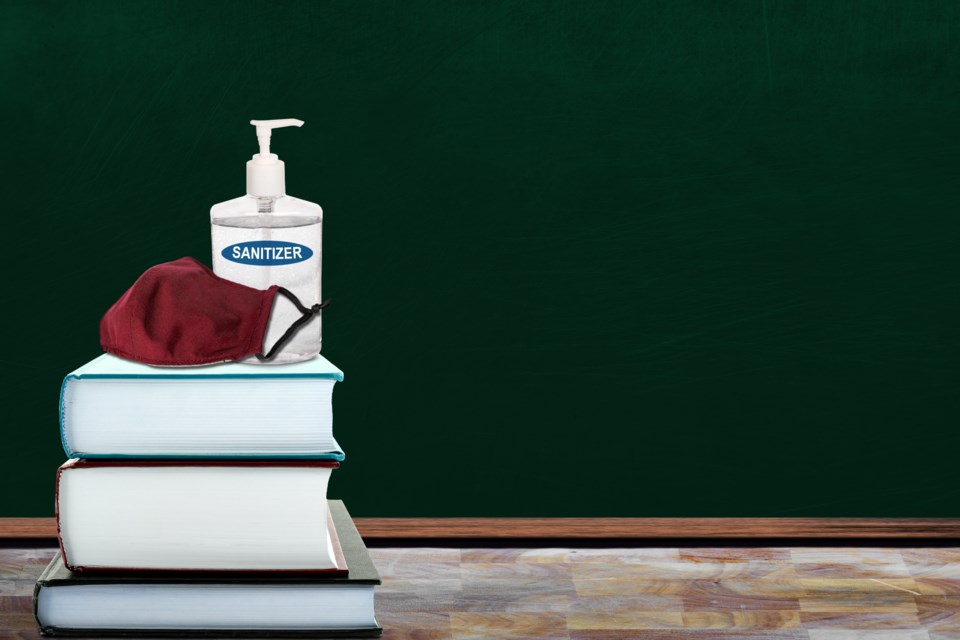A new study has found extending school closures in Ontario amid the pandemic may have only cut COVID-19 infections by a tenth of a percentage point.
The study from the Institute for Clinical Evaluative Sciences published in Health Affairs was conducted during a provincewide shutdown that began in December 2020. The shutdown was followed by a regionalized approach to reopening schools from the Ford government that lasted through January and February of 2021.
The researchers estimate only 213 fewer cases of the virus would have been reported if schools had not reopened between Dec. 26 and Feb. 28. That amounts for roughly 0.08 per cent fewer cases than those actually reported.
“Future waves of this pandemic must prioritize interventions and policies that reduce transmission in schools to reduce the broader community impacts of school closures,” the authors wrote.
Critics of the school closures during the pandemic have contended the negative psychological impacts of keeping children at home would outweigh any benefits that came with curbing virus transmission.
The researchers say the study wasn’t able to ascertain whether public health measures such as class cohorting, masking, and testing would have been enough to mitigate cases in the same way as the full closure, but they do believe in-person schooling risks are more than manageable.
Ontario’s COVID-19 Science Advisory Table supported the decision for kids to return to the classroom in January of this year — saying there was minimal risk of transmission within schools and that shutting down in-person learning serves little purpose.
The table cited “emerging evidence” that suggested Ontarians between the ages of five and 19 appear to be at low risk of hospitalization and severe disease from Omicron.
“Existing evidence suggests that closures of in-person learning [have] a smaller effect on community spread of SARS-CoV-2 compared to many other public health measures. Vaccination, ventilation and filtration, cohorting, testing, staying home when sick and high-quality masks mitigate risks of SARS-CoV-2 transmission in schools,” the science table continued.
Students returned to class on Jan. 17 of this year after two weeks of remote learning following the winter break. Several health experts and school boards called on the Ford government to utilize the time off wisely and provide a safe learning environment for students and staff to avoid further closures.
The decision to keep schools closed longer was made as the highly-transmissible Omicron variant pushed hospitals to the brink of maximum capacity with rising ICU admissions.



